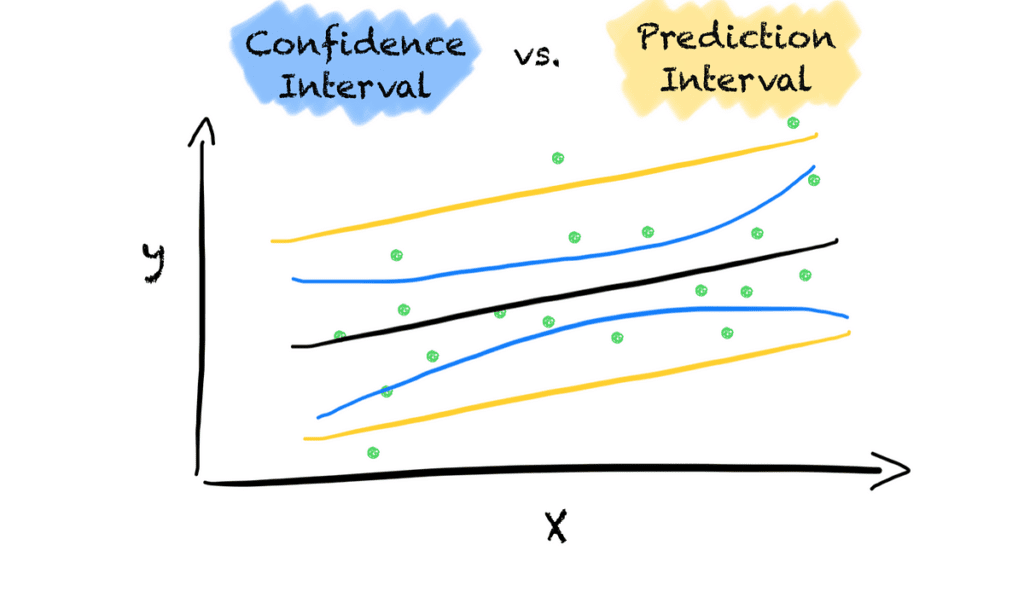Understanding Uncertainty: A Key Element in Data Science
In the world of data science, uncertainty is more than just a statistic; it’s a critical factor in how we interpret and act on results. Whether you’re analyzing data for a business decision or attempting to forecast trends, knowing how much you can trust a result significantly influences the choices you make.
Why Measure Uncertainty?
Uncertainty quantification not only enhances our understanding of data but also improves decision-making. Here are a few key areas where this understanding plays a crucial role:
- Scenario Planning: It helps in visualizing best-case and worst-case scenarios, allowing for better preparedness.
- Risk Assessment: By evaluating uncertainty, we can assess potential impacts on decisions made.
- Model Evaluation: Different models can be compared based on their performance amidst uncertainty.
- Communication: Effectively conveying how much to trust results to stakeholders is vital for collaborative processes.
The Source of Uncertainty
Let’s illustrate uncertainty with a practical example. Imagine you want to determine the average price of a 300-square-meter home in Germany. Gathering data from every single house of that size isn’t feasible; instead, you’d collect a sample from a representative subset. This introduces uncertainty, as the mean price derived from this sample might not perfectly reflect the reality for all such homes.
Engage with the Numbers: A Real-World Case
Consider a local real estate analyst named Sarah. She’s tasked with advising potential buyers on the housing market in Berlin. Sarah knows that the city’s real estate varies widely based on neighborhoods, amenities, and recent sales trends, and she can’t survey every house. Instead, she selects a diverse sample grouped by neighborhoods.
By calculating the average prices from her sample, Sarah can give her clients a trustworthy estimate, but she also provides a range of possible prices—communicating the uncertainty that accompanies these averages. This allows her clients to weigh their options better, understanding both the potential highs and lows of their investments.
Embracing Uncertainty in Decision Making
In a fast-paced world where data drives decisions, embracing uncertainty can lead to more informed choices. By acknowledging the limits of our measurements and being transparent about the degree of uncertainty, we can foster healthier discussions around data applications.
As we delve deeper into these methodologies, it’s clear that uncertainty isn’t just a statistic—it’s a lens through which we can view data in a more holistic manner.
The AI Buzz Hub team is excited to see where these breakthroughs take us. Want to stay in the loop on all things AI? Subscribe to our newsletter or share this article with your fellow enthusiasts.




